Description
Frozen Beef Meat Trimming: A Complete Guide for Businesses and Consumers
Introduction
The global meat industry is one of the fastest-growing sectors in the food economy, and frozen beef meat trimming plays a central role in ensuring efficiency, affordability, and sustainability. From large-scale meat processors to local butchers, beef trimmings are an essential raw material for producing ground beef, sausages, and other meat-based products.
With increasing demand for cost-effective protein solutions, frozen beef meat trimming has gained significant attention among food manufacturers, restaurants, wholesalers, and even health-conscious consumers looking for leaner or fattier blends.
In this comprehensive guide, we’ll explore everything you need to know about frozen beef meat trimming—its types, benefits, uses, nutritional value, market trends, storage tips, and even how businesses can maximize profitability while maintaining quality.
What is Frozen Beef Meat Trimming?
Beef trimmings refer to small pieces of beef that are cut away during the butchering and deboning process. They are not waste products; instead, they are high-quality meat cuts that vary in fat-to-lean ratios, making them ideal for blending into ground beef or processed meat items.
When these trimmings are frozen immediately after processing, they become frozen beef meat trimmings. This process locks in freshness, extends shelf life, and ensures food safety during transport and storage.
Types of Beef Trimmings Frozen Beef Meat Trimming
Not all beef trimmings are the same. They are typically categorized based on their lean-to-fat ratio, which affects taste, texture, and nutritional value.
-
90/10 (90% Lean, 10% Fat)
-
Very lean trimming.
-
Commonly used for health-conscious ground beef blends.
-
Best for diets requiring lower fat intake.
-
-
80/20 (80% Lean, 20% Fat)
-
Balanced ratio with good flavor and juiciness.
-
Ideal for burgers, meatballs, and everyday cooking.
-
-
70/30 (70% Lean, 30% Fat)
-
Higher fat content, which adds flavor and tenderness.
-
Popular in sausages and specialty meat products.
-
-
Specialty Trimmings
-
Derived from specific parts of the carcass like chuck, brisket, or round.
-
Used for premium ground beef or customized blends.
-
Why Freeze Beef Trimmings?
Freezing beef trimmings is a crucial step in meat preservation for several reasons:
-
Extended Shelf Life: Frozen trimmings can last several months, reducing spoilage.
-
Food Safety: Freezing inhibits bacterial growth, ensuring safe consumption.
-
Global Trade: Frozen trimmings can be exported and imported across countries.
-
Consistency: Restaurants and manufacturers can maintain uniform quality year-round.
-
Reduced Waste: Freezing allows efficient use of meat cuts that might otherwise go unsold.
Nutritional Value of Beef Trimmings
Contrary to common misconceptions, beef trimmings are not “scraps” but nutrient-rich components of beef. Their nutritional profile depends on the lean-to-fat ratio.
On average (per 100g serving):
-
Calories: 250–350 kcal
-
Protein: 18–22g
-
Fat: 15–30g
-
Vitamins: B12, B6, Niacin
-
Minerals: Iron, Zinc, Phosphorus, Selenium
This makes frozen beef meat trimming a valuable protein source for both consumers and businesses.
Common Uses of Frozen Beef Meat Trimming
Frozen beef meat trimming is a versatile ingredient used across multiple industries.
1. Ground Beef Production
Perhaps the most widespread use, trimmings are blended into ground beef with controlled fat ratios. This ensures consistent taste and texture in burgers, tacos, and meatloaf.
2. Processed Meats
Sausages, hot dogs, meatballs, and deli meats often rely on beef trimmings for cost efficiency and flavor.
3. Pet Food Industry
Premium frozen beef trimmings are used in raw and cooked pet foods, providing essential protein and fat for dogs and cats.
4. Export Markets
Countries with limited beef production often import frozen trimmings to meet demand in retail and foodservice sectors.
5. Culinary Applications
Restaurants, catering companies, and meal prep services use frozen trimmings for soups, stews, and sauces.
Advantages for Businesses
For food manufacturers, wholesalers, and distributors, frozen beef meat trimming offers several benefits:
-
Cost Savings: More affordable than whole muscle cuts.
-
Scalability: Easy to source in bulk for consistent production.
-
Customization: Flexible fat ratios for tailored blends.
-
Profit Margins: Enhances value-added product opportunities.
-
Export-Friendly: Meets international demand for beef protein.
Global Market Trends Frozen Beef Meat Trimming
The frozen beef trimming market is expanding rapidly due to rising global meat consumption.
-
North America & Europe: High demand for burgers, sausages, and convenience foods.
-
Asia-Pacific: Import-driven market fueled by population growth and dietary shifts.
-
Middle East & Africa: Growing reliance on frozen imports due to limited local beef production.
Key drivers include:
-
Increasing fast-food consumption.
-
Rising awareness of protein-rich diets.
-
Expansion of the frozen food industry.
-
Technological advancements in cold storage and logistics.
Food Safety Considerations
Food safety is paramount when dealing with frozen beef meat trimming. Businesses must follow strict standards such as:
-
HACCP Compliance: Hazard Analysis and Critical Control Points.
-
Cold Chain Integrity: Maintaining temperatures at -18°C (0°F) or lower.
-
Inspection & Grading: USDA, EU, or local food authority certifications.
-
Proper Packaging: Vacuum-sealed or blast-frozen to prevent freezer burn.
How to Store and Handle Frozen Beef Trimmings
Correct storage is essential to maintain quality and safety.
-
Freezing Temperature: -18°C (0°F) or lower.
-
Storage Duration: Up to 6–12 months depending on packaging.
-
Defrosting Method: Always thaw in refrigeration, not at room temperature.
-
Avoid Refreezing: This reduces texture and increases bacterial risk.
Sustainability and Beef Trimmings
Frozen beef trimmings contribute to sustainability in the meat industry:
-
Reduced Food Waste: Maximizes use of the whole animal.
-
Efficient Processing: Cuts that may not sell as retail steaks are still utilized.
-
Export Potential: Prevents surplus wastage in high-production regions.
Additionally, innovations in eco-friendly packaging and renewable cold storage technologies are making the frozen trimming industry more sustainable.
Buying Frozen Beef Meat Trimming
For businesses and consumers, choosing the right supplier is key.
What to Look for:
-
Certifications: USDA, Halal, ISO, or HACCP compliance.
-
Packaging Options: Bulk frozen blocks, vacuum-sealed packs, or portioned cuts.
-
Origin & Traceability: Country of origin labeling ensures quality.
-
Fat Ratios: Select based on intended use (burgers, sausages, etc.).
-
Customer Support: Reliable delivery and storage guidance.
Tips for Consumers Using Beef Trimmings
While frozen beef trimmings are primarily used by manufacturers, savvy home cooks can also benefit.
-
Homemade Burgers: Blend trimmings to achieve your perfect fat ratio.
-
Meal Prepping: Use trimmings for economical bulk cooking.
-
Flavor Boosting: Add to soups, stews, and chili for depth of flavor.
-
Pet Food: Consult with a vet before using raw trimmings in pet diets.
Challenges in the Industry
Despite its benefits, the frozen beef trimming sector faces some challenges:
-
Price Volatility: Global beef prices fluctuate with supply and demand.
-
Consumer Misconceptions: Some people see trimmings as “lower quality.”
-
Cold Chain Costs: Requires heavy investment in refrigeration.
-
Regulatory Differences: Export standards vary across countries.
Future Outlook
The demand for frozen beef meat trimming is expected to continue growing steadily. With advancements in freezing technology, logistics, and consumer awareness, the industry is set to thrive in both developed and developing regions.
Key growth opportunities include:
-
Plant-blend innovation (beef + plant protein).
-
Expansion of premium lean trimmings.
-
Rising demand for halal and kosher-certified trimmings.
-
Increased use in pet nutrition and alternative food industries.
Conclusion
Frozen beef meat trimming is far more than just a byproduct—it is a versatile, nutritious, and economically valuable resource that supports the global meat industry. From ground beef to pet food, from local butchers to international exports, beef trimmings ensure that no part of the animal goes to waste while delivering consistent protein to millions of people worldwide.
For businesses, frozen beef trimmings offer profitability, scalability, and flexibility, while consumers benefit from affordability and culinary versatility.

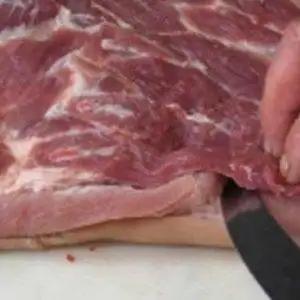
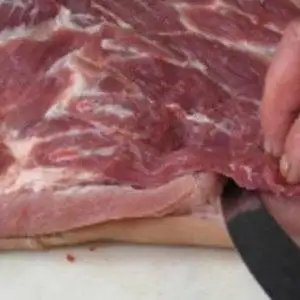

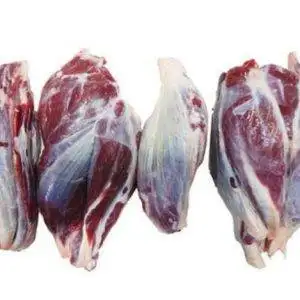
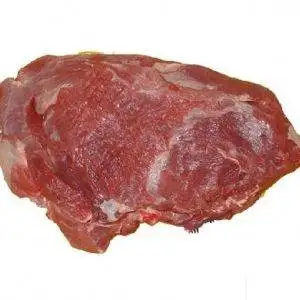
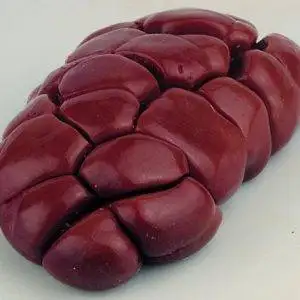
Reviews
There are no reviews yet.